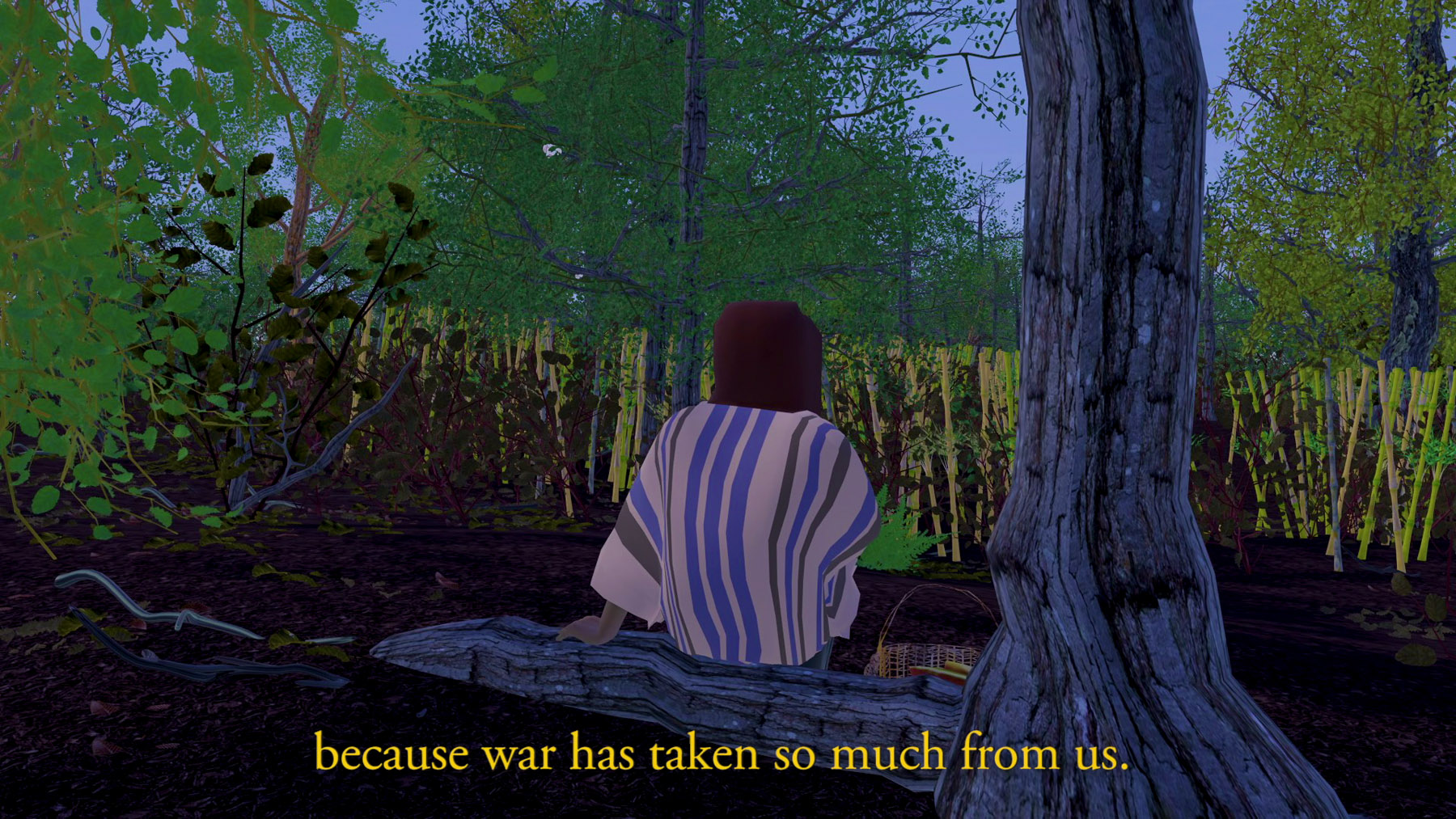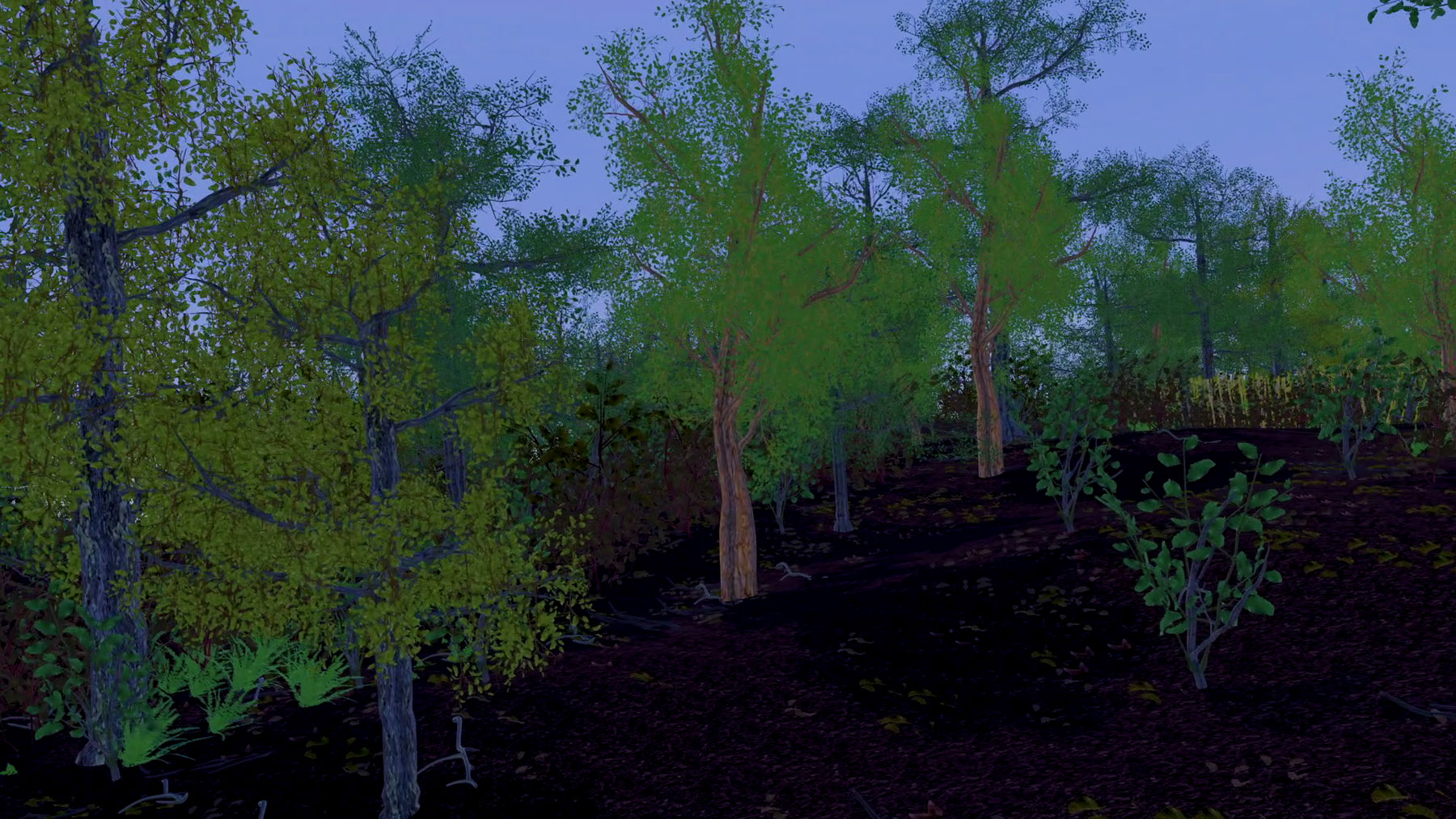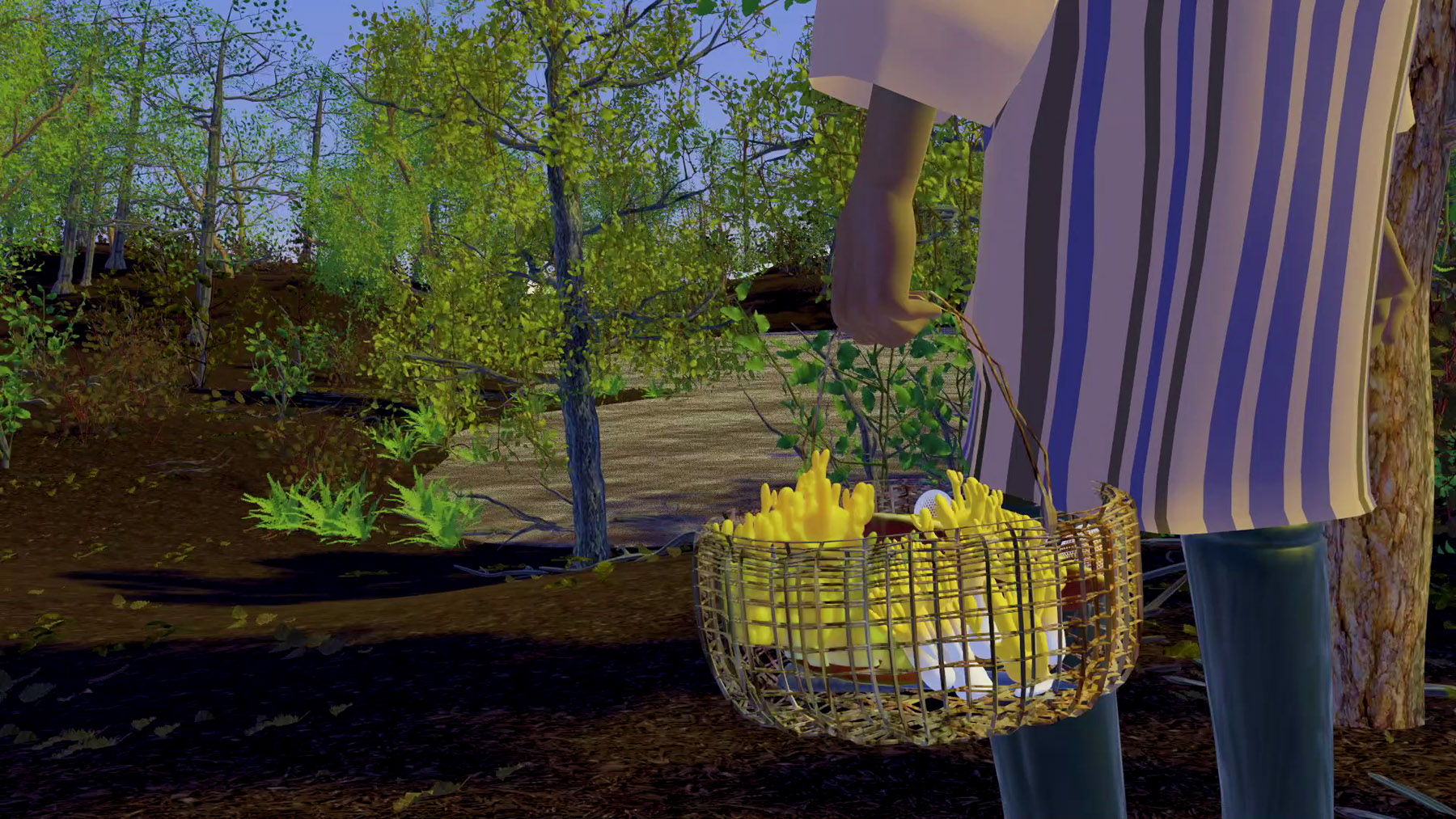Chapter 1
The very reverend Sebastián Calfuqueo told me the time: “Five to three”. It gave us enough time to walk to the woods.
And, in the meantime, we’ve talked about the video work Mapu Kufüll (from the mapudungun: terrestrial seafood). “In other words”, Calfuqueo told me, “it is mushrooms in mapudungun: mapu means land and kufüll means seafood”.
I thought, but not for long, of the Pacification of Araucanía remembering also when I asked “What is that?” and they (Calfuqueo) replied that it was a period of twenty two years in the nineteenth century of military campaigns into Mapuche land that led to its incorporation into Chilean territory and dispossession and exclusion of Mapuche people from this same territory. I sighed in sadness thinking that it wasn’t that long ago and they told me that it also generated, after this process, the settlement of European settlers (brought by the state of Chile) in this area. “This point is fundamental”, Calfuqueo said “since it makes connections to the current issues and the territorial restitutions that the Mapuche people have been requesting”. I thought of the Mapuche’s resistance, of how they’ve resisted starvation with mushrooms (“due to the relationship between famine and poverty that led to the knowledge of fungus as a subsistence food”). Then, Calfuqueo mentioned that two of the three mushrooms depicted in the video are in danger of extinction.
And, during the time we walked by some treeshades, I asked them about the sort of connection, personal connection, they had with fungus, and Calfuqueo underlined a special connection. O, yes: from childhood, Calfuqueo said. They remembered climbing up the trees and taking digüeñes (Cyttaria espinosae) in their hands. Yes. They always saw them. But, over time, when they started to grow, they realized (at the supermarket, for instance) that these mushrooms began to be more and more expensive since Chile began to export them to China, mainly.
Calfuqueo showed me how special it is the symbiosis between tree and fungus. “Changle (Ramaria flava)”, they emphasized, “grows in the Chusquea quila. This type of bamboo makes symbiosis only with that fungus and vice versa. The Chusquea quila is also very important for eclipses”, they added, “in the last one it bloomed and when this happens it is always a bad omen”. I nodded. They smiled. And, I thought of plants and water: subjects they’ve been working with. And, now fungus. All related. Of the latter, a lot we don’t see. Of its underground body (mycelium). And, of what we eat: its reproductive organ.
And, they told me that all this is there: in Mapu Kufüll. In a pedagogical way, a pedagogical input. “You don’t need the museum, you don’t need the gallery”, they said. In the video we see a journey of a genderless child who is remembering their grandmother’s instructions to collect mushrooms, i.e., for instance, to cover the roots after extracting it to not damage the mycelium. And, this mass of branching is in a way similar to how Calfuqueo did the work: a sort of collaborative branching mass: Ange Valderrama wrote the text, Eli Wewentxu assisted Calfuqueo with the trompe sound, Valentina Riquelme assisted with 3D, and Jorge Perez and Jaqueline Caniguan and Museo del Hongo and Juan Ferrer, and Nicolás Oyarcee and Fer Walüng and Felipe Maltes. Ferrer, as a matter of fact, told me about the very reverend Giuliana Furci and the very reverend María Sabina and about the origins of the Museo del Hongo and about how fungi change the current paradigm of what it means to inhabit and what it means to live and to die. Deep down, fungi are these intermediary organisms between life and death.
Fungi are universal. So, it’s never particular when talking about Mapu Kufüll. It is not an autobiographical work and Calfuqueo is especially interested in decentralizing, removing Calfuqueo’s body (in contrast with the works developed in 2018 when a clear face was seen). “There is a lot of pewma”, they told me, “the dream within the Mapuche world”. Like a pewma: the oniric moment when they gave me a Loyo to taste.
Sebastián Calfuqueo, Mapu Kufüll (2020) Video, 1920×1080, FULL HD, 5:33 min, Courtesy of the Artist
Sebastián Calfuqueo, Mapu Kufüll (2020) Video, 1920×1080, FULL HD, 5:33 min, Courtesy of the Artist
Sebastián Calfuqueo, Mapu Kufüll (2020) Video, 1920×1080, FULL HD, 5:33 min, Courtesy of the Artist
Sebastián Calfuqueo, Mapu Kufüll (2020) Video, 1920×1080, FULL HD, 5:33 min, Courtesy of the Artist
Sebastián Calfuqueo, Mapu Kufüll (2020) Video, 1920×1080, FULL HD, 5:33 min, Courtesy of the Artist
Sebastián Calfuqueo, Mapu Kufüll (2020) Video, 1920×1080, FULL HD, 5:33 min, Courtesy of the Artist
Sebastián Calfuqueo, Mapu Kufüll (2020) Video, 1920×1080, FULL HD, 5:33 min, Courtesy of the Artist
Sebastián Calfuqueo, Mapu Kufüll (2020) Video, 1920×1080, FULL HD, 5:33 min, Courtesy of the Artist
Sebastián Calfuqueo, Mapu Kufüll (2020) Video, 1920×1080, FULL HD, 5:33 min, Courtesy of the Artist
Sebastián Calfuqueo, Mapu Kufüll (2020) Video, 1920×1080, FULL HD, 5:33 min, Courtesy of the Artist










